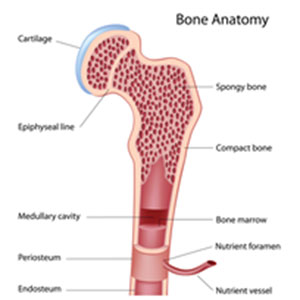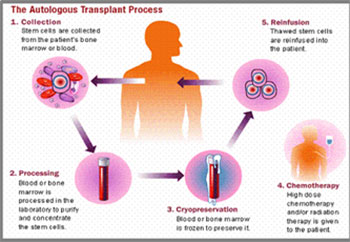Bone Marrow Transplant Surgery is a process in which a Bone Marrow is replaced with a strong and healthy one. Usually, the donor in this process is a family member of the patient. In most of the cases patient’s brother or sister are considered to be the most suitable donors to make this surgery successful.


Bone Marrow Transplant Surgery is a four stage treatment process explained below:
Post transplantation getting back to routine is actually what the patient will be searching for. Once the treatment is done the first stage of recovery may vary from 15 to 30 days. It is recommended to take high-protein fluids to provide nutritional support to the body.

